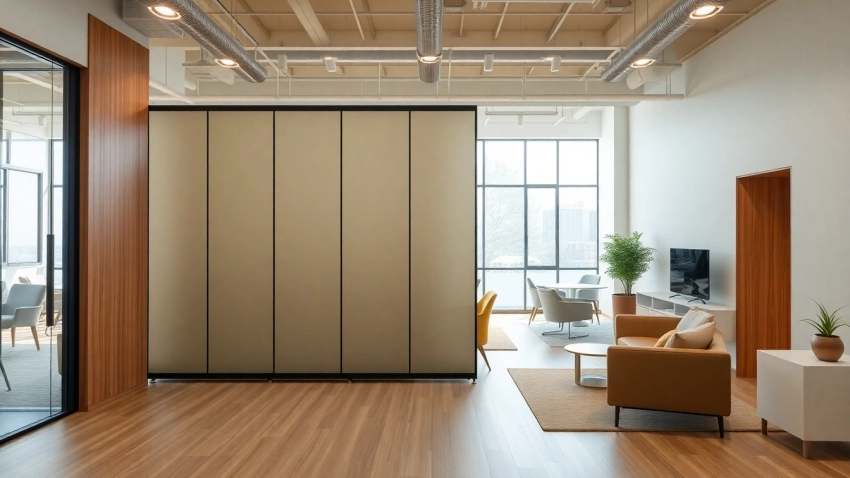
Optimize Your Space: The Benefits of Folding Partition Walls for Modern Living
Introduction to Folding Partition Walls
Folding partition walls have become an integral solution for maximizing space utilization and flexibility in both residential and commercial settings. These versatile structures allow for the creation of distinct areas within a single space, adapting to various needs ranging from temporary meeting rooms to private living spaces. With the growing demand for customizable environments, the popularity of Folding Partition Walls is on the rise, as they provide an efficient way to divide spaces while maintaining aesthetic appeal.
What is a Folding Partition Wall?
A folding partition wall, often referred to as a movable wall or operable partition, is a wall system that can be easily adjusted or reconfigured to create different room layouts. These systems are designed to fold and stack against a wall or retract into a pocket, allowing for a seamless transition between open and closed spaces. Made from a variety of materials, such as wood, glass, and metal, folding partition walls can accommodate multiple design styles and functional requirements.
Types of Folding Partition Walls
There are several types of folding partition walls available, each designed to cater to specific applications:
- Accordion Folding Partitions: These partitions work similarly to an accordion, folding in on themselves to allow for flexible space division.
- Bi-Fold Doors: Typically used in residential applications, bi-fold doors open by folding inward or outward, ideal for connecting indoor and outdoor spaces.
- Glass Folding Walls: Made primarily from glass, these partitions provide an elegant way to separate spaces while maintaining visibility and natural light.
- Acoustic Partitions: Designed to enhance sound privacy, these walls incorporate soundproofing materials and features, making them perfect for offices and conference rooms.
Common Applications
Folding partition walls are utilized across a broad spectrum of environments:
- Commercial Spaces: In offices, schools, and conference centers, folding partitions can create temporary meeting areas or classrooms.
- Residential Areas: Homeowners often use folding walls to create separate zones in large living spaces or to section off areas for privacy.
- Event Venues: Many event spaces utilize these partitions to adapt their layout based on the size of the gathering, enhancing functionality and flow.
Benefits of Using Folding Partition Walls
Space Optimization and Flexibility
One of the primary advantages of folding partition walls is their ability to optimize space. By allowing areas to be opened up or closed off as needed, these systems enable users to adjust their environments quickly and efficiently. For example, a conference room can be expanded for larger meetings and reduced for smaller discussions in a matter of moments. This adaptability is paramount in dynamic environments where space cannot be wasted.
Acoustic and Aesthetic Advantages
Folding partition walls can offer significant acoustic benefits, especially when specifically designed for sound dampening. Acoustic partitions can absorb sound, reduce noise pollution, and create a more conducive environment for focus and productivity. Aesthetically, these walls can be crafted to match the design language of any area, offering a seamless integration with existing fixtures and decor, enhancing the overall ambiance of the space.
Cost-Effectiveness for Commercial Use
For businesses, folding partition walls present an economically viable solution. They reduce the need for construction and permanent wall installations, allowing for modification with minimal disruption. This can significantly lower renovation costs, as businesses can maximize existing spaces without extensive investments in real estate or remodeling.
Design Considerations for Folding Partition Walls
Choosing the Right Material
When selecting folding partition walls, the choice of material is crucial. Factors such as functionality, sound control, durability, and aesthetic appeal should be considered. Common materials include:
- Wood: Offers a classic look and great durability, often used in commercial settings.
- Glass: Provides an open, airy feel and enhances natural lighting.
- Metal: Excellent for durability and can be customized in various finishes.
Color and Style Options
Selecting the right colors and styles for folding partition walls is essential for achieving the desired ambiance. Depending on the overall design theme, partitions can range from minimalist design to ornate features. Options may include:
- Neutral colors for a professional vibe.
- Bold colors to create a focal point within a room.
- Textured finishes for added depth and interest.
Fit with Existing Decor
To ensure cohesion, folding partition walls should complement the existing decor. Considerations might include matching materials, colors, and design aesthetics. Additionally, understanding how the partition will interact with surrounding furniture can enhance the overall layout and make the space feel harmoniously designed.
Installation and Maintenance Tips
Proper Installation Techniques
Proper installation is essential for the functionality and longevity of folding partition walls. Here are best practices:
- Ensure accurate measurements before installation to avoid gaps or misalignment.
- Employ professional installers familiar with the specific system being utilized.
- Check that all the tracks and mechanisms function smoothly post-installation.
Routine Maintenance for Longevity
To maintain the performance and aesthetic of folding partition walls, regular maintenance is necessary. This includes:
- Cleaning the surfaces to prevent dust accumulation.
- Checking hardware and mechanisms to ensure they aren’t jammed or misaligned.
- Lubricating moving parts as recommended by the manufacturer to ensure smooth operation.
Common Issues and Solutions
Even with high-quality partitions, some issues may arise. Common problems include:
- Difficulty in operation: Check for obstructions or misalignment in tracks.
- Wear and tear: Regularly inspect and replace any worn-out components.
- Sagging Panels: Adjust the tension of the system to eliminate sagging.
Real-World Examples A to Z
Residential vs. Commercial Applications
Folding partition walls are equally suitable for residential and commercial spaces, displaying versatility in application. In homes, they can create fluid spaces that allow for open-plan living while providing privacy as needed. In commercial environments, they facilitate dynamic layouts that can adapt to various meeting needs or events.
Case Studies: Successful Implementations
Several companies have effectively implemented folding partition walls to transform their spaces:
- ABC Corporate Office: Used acoustic folding partitions to create private meeting spaces within an open office layout, significantly enhancing productivity without incurring major renovation costs.
- XYZ Event Venue: Installed glass folding walls to create flexible event spaces that can easily accommodate varying sizes of gatherings, allowing them to host multiple events concurrently.
Feedback from Users on Performance
Users often report high satisfaction rates with their partition systems. Key takeaways include:
- Many appreciate the flexibility in changing room layouts based on current needs.
- Positive feedback on the aesthetic value added through stylish design options.
- Businesses have noted improved acoustic comfort in their workspaces due to the effective soundproofing features available in modern folding walls.




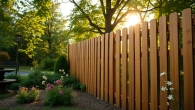
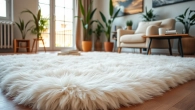
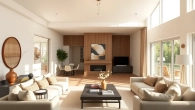
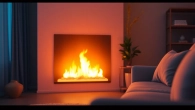
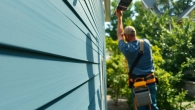
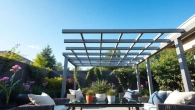
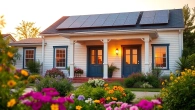

Leave a Reply